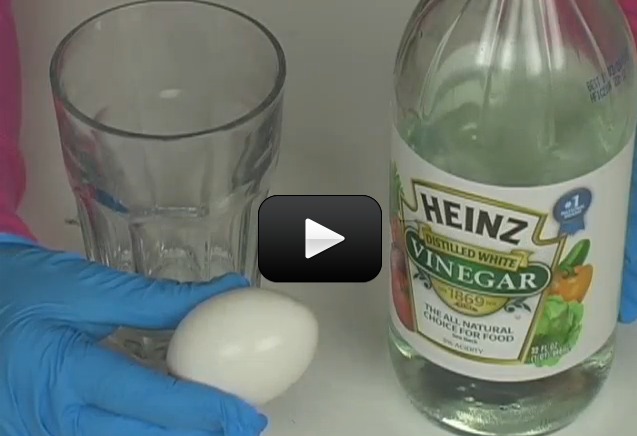Dissection in biology provides a hands-on education above and beyond reading a textbook. By seeing, touching and exploring different organs, muscles and tissues inside an animal and seeing how they work together allows you to really understand your own body and appreciate the amazing world around us. And it's not hard - you can dissect a kidney right at home using an inexpensive specimen with a dissection guide and simple dissection tools! Many doctors, surgeons and veterinarians report that their first fascination with the body started with a biology dissection class.
In today’s dissection, we’ll be looking at a kidney. Kidneys are critical for removing toxic waste and regulating the levels of water, sugars, salts, and acids in the bodies of mammals. There are many things that make a kidney interesting, including its unique bean shape and the fact that it contains about a million microscopic structures called nephrons that are key in the blood filtration process.
Materials:
[am4show have='p8;p9;p28;p55;p153;p65;p78;p86;p87;' guest_error='Guest error message' user_error='User error message' ]
- Observe the external anatomy of the kidney. See if you can locate the following:
- Cortex
- Renal artery
- Renal vein
- Ureter
- Cut the kidney in half longitudinally, as seen in figure 1 (incision 1). Look for the following in the cross section from incision 1:
- Cortex
- Medulla
- Pyramid
- Renal pelvis
- Cut the kidney in half again, as seen in figure 2 (incision 2). Look for the following, this time as a cross section from incision 2:
- Cortex
- Medulla
- Pyramid
- Renal pelvis
[/am4show]

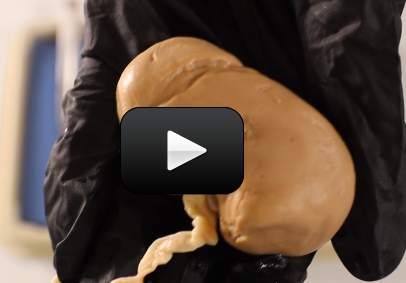
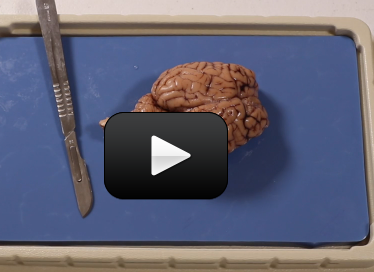
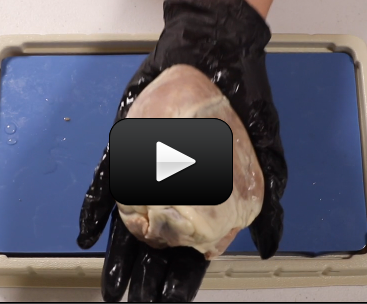
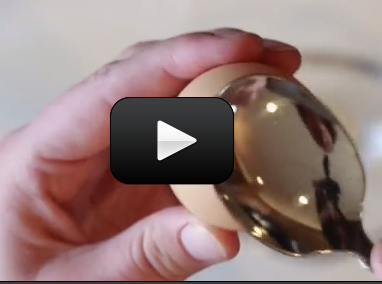
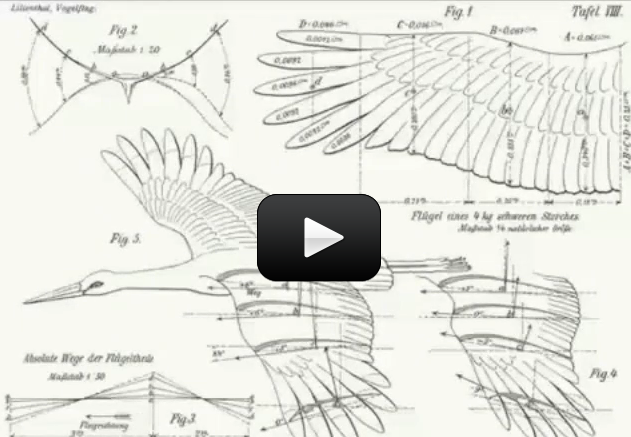
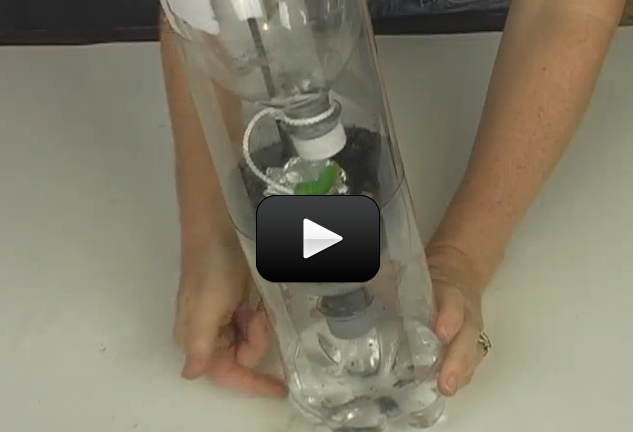
 When birds and animals drink from lakes, rivers, and ponds, how pure it is? Are they really getting the water they need, or are they getting something else with the water?
When birds and animals drink from lakes, rivers, and ponds, how pure it is? Are they really getting the water they need, or are they getting something else with the water?
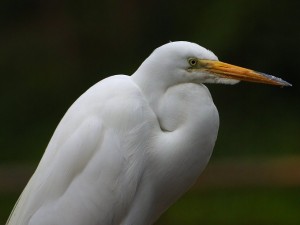
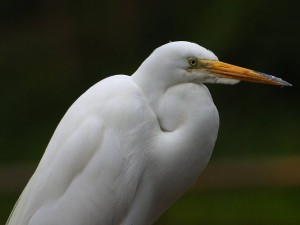
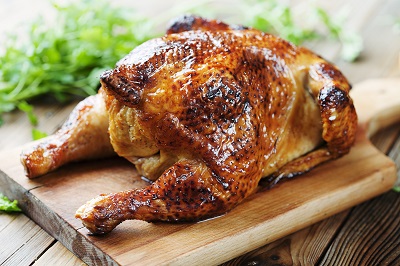
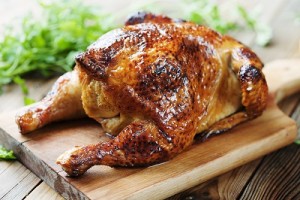

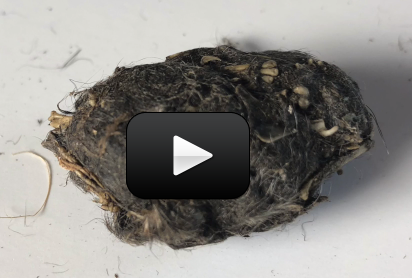
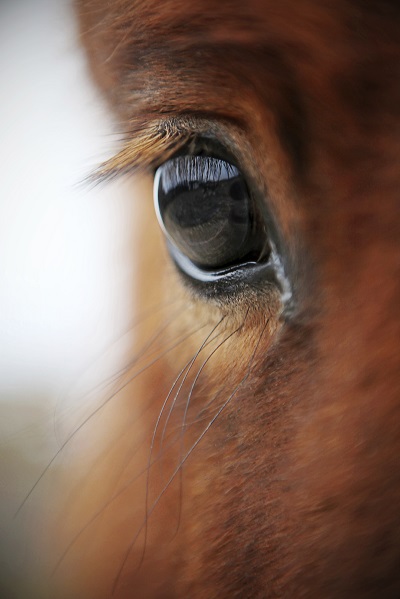
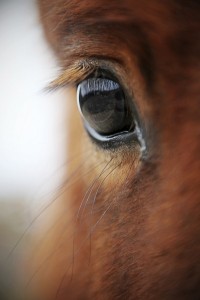 How does the eye work? If you are amazed as I am about how the different parts of the eye are put together, then this is the lab for you! It's important not only to learn how to take apart video cameras and blenders to find out how they work, but also to be fascinated by how the different parts of living creatures work ... like the eye!
How does the eye work? If you are amazed as I am about how the different parts of the eye are put together, then this is the lab for you! It's important not only to learn how to take apart video cameras and blenders to find out how they work, but also to be fascinated by how the different parts of living creatures work ... like the eye!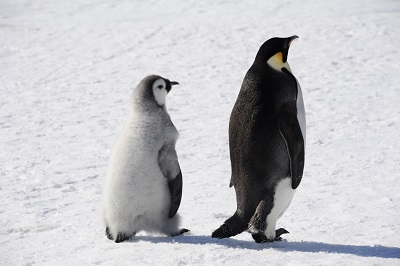
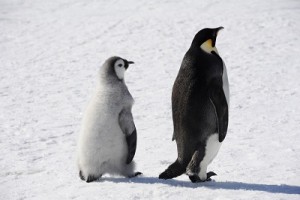 Emperor and Adelie penguins are two species of this flightless bird that live in the Antarctic. Adelies spend most of the year in the water. In October, spring begins in the southern hemisphere, including in the South Pole where Adelies live, and these penguins come onto the land to lay their nests, mate, and raise chicks. The nest of the Adelie is lined with pebbles, and the penguins are very careful about the pebbles they choose. A good pebble can lead to fights if several penguins want it, and a penguin will steal another penguin’s pebble if they are not paying attention.
Emperor and Adelie penguins are two species of this flightless bird that live in the Antarctic. Adelies spend most of the year in the water. In October, spring begins in the southern hemisphere, including in the South Pole where Adelies live, and these penguins come onto the land to lay their nests, mate, and raise chicks. The nest of the Adelie is lined with pebbles, and the penguins are very careful about the pebbles they choose. A good pebble can lead to fights if several penguins want it, and a penguin will steal another penguin’s pebble if they are not paying attention.